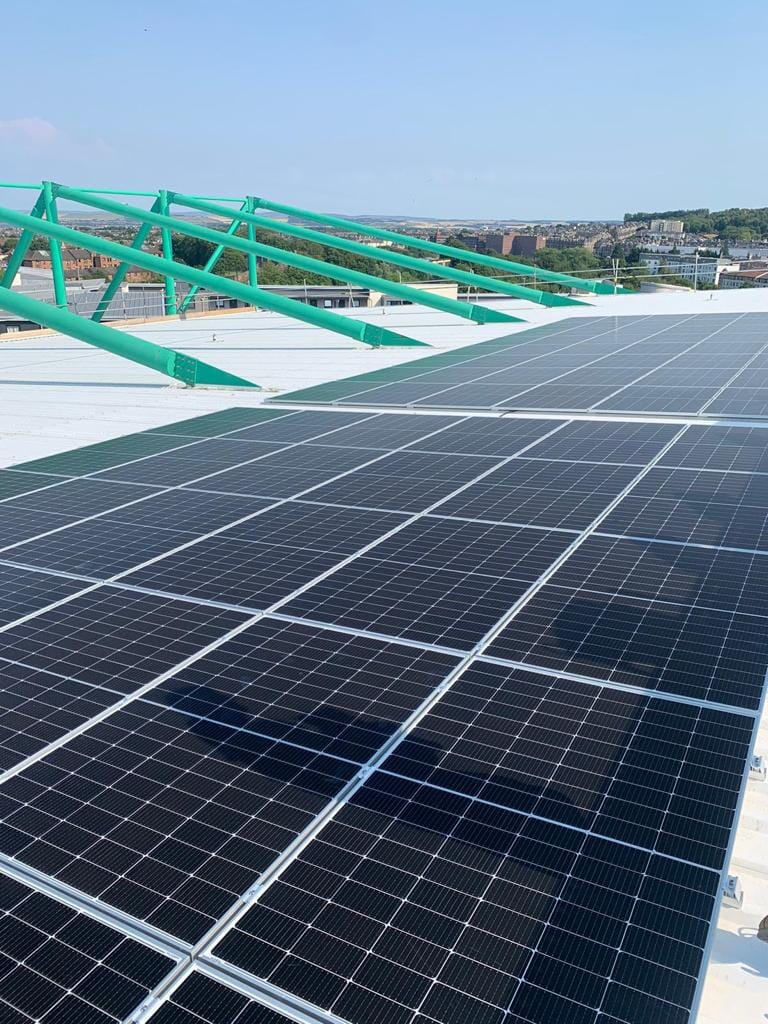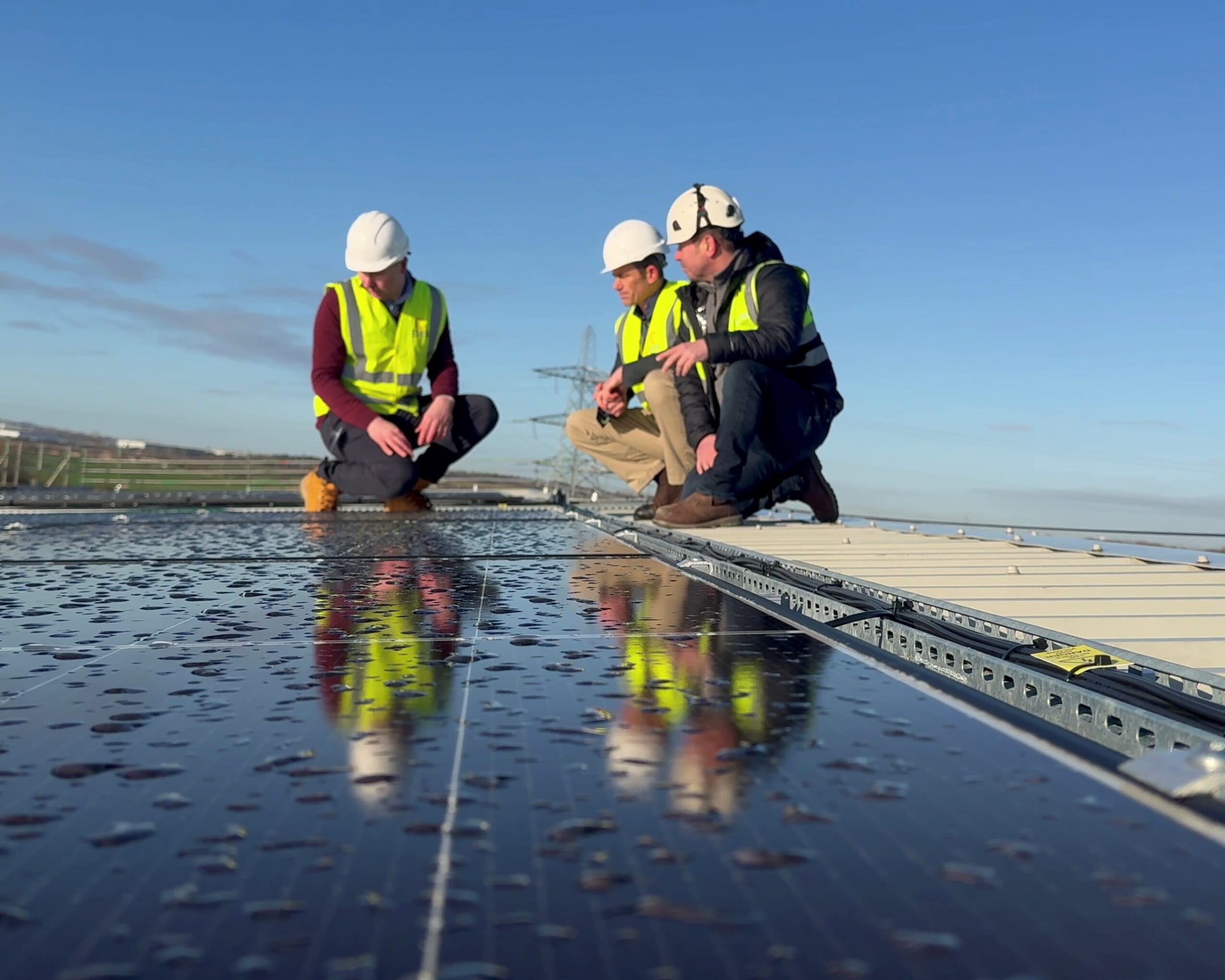When it comes to onsite energy, for example, the funding model is simple, risk free and can drive rapid deployment of solar in the public sector, for businesses and for community energy projects. Power Purchase Agreements (PPAs) enable rapid, high-quality installation of solar with lifetime maintenance, plus the option of battery energy storage built into the contract, all with no upfront costs. Confidence in PPA funding as a proven model for financing renewables is attracting significant private investment to the UK. What organisations gets in return is significantly reduced energy costs, increased energy security and access to renewable energy to support decarbonisation goals and the peace of mind of knowing that the asset will perform optimally throughout its lifetime.
Public sector funding of renewables projects can provide an appealing headline message, but policy makers do not always consider the long-term requirements to optimise performance of the assets. Working with developers, we have seen many rooftop solar projects that were delivered with support from feed-in-tariff incentives or taxpayer funding now lying dormant due to poor maintenance or a lack of cleaning. The PPA model addresses this directly, with incentives for funders to optimise generation and maximise savings for the life of the renewable assets.





